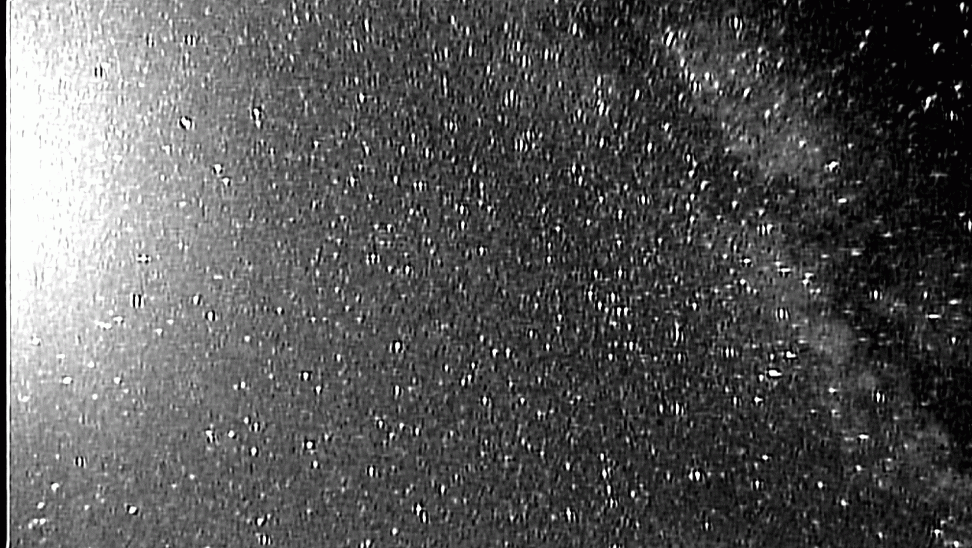WINNIPEG — If you head outside this week late at night, you could be in for quite the light show as the Perseid meteor shower hits its peak.

Each year Earth plows through a stream of debris from the comet called Swift-Tuttle. As the debris enters our atmosphere, it burns up creating bright meteors, or “shooting stars.”
READ MORE: How you can watch the Perseid meteor shower
This year, the Perseids are expected to be better than other years because the Earth will be hitting a denser section of the cosmic dust from Swift-Tuttle.
“There’s a big ball of ice with a bunch of rock in it and as it goes close to the sun, the ice melts and the rock and dust sort of falls out the back of the comets tail,” said Scott Young, manager of the Planetarium and Science Gallery and the Manitoba Museum.
“That dust just sort of stays there in the comet’s orbit and every year around August 11 and 12 the Earth goes through that tail. But the dust sort of floats around just like the dust in your house. It collects in different spots and sort of spreads out. It just so happens that this year, instead of going through the edge of the dust, we’re actually going through a big dust bunny.”

Get breaking National news
READ MORE: 6 tips to watching the best meteor shower of the year
Surprisingly, the meteors are much smaller than many may think.
“They start off as tiny, tiny grains of sand,” said Young. “Each of these grains crashes into the atmosphere and the only reason we notice it is because it’s travelling at cosmic speeds.”
During a regular meteor shower night, stargazers may be able to see one every minute if they are really paying attention. This year, experts believe that will double.
“It’s very unusual that we’ve had this kind of outburst,” said Young. "It's like a 200 per cent increase in what we would see."
You’re best bet for viewing is to get out of the city and away from bright lights.
“You also want to make sure you are observing after that big light in the sky, the moon, goes down,” said Young. “The moon is setting around 1 a.m. Friday morning. So basically between 1 a.m. and 4 a.m. when it starts to get brighter. ”
The Perseid shower runs from July 13 to August 26, but peaks on the night of August 11 and 12.









Comments